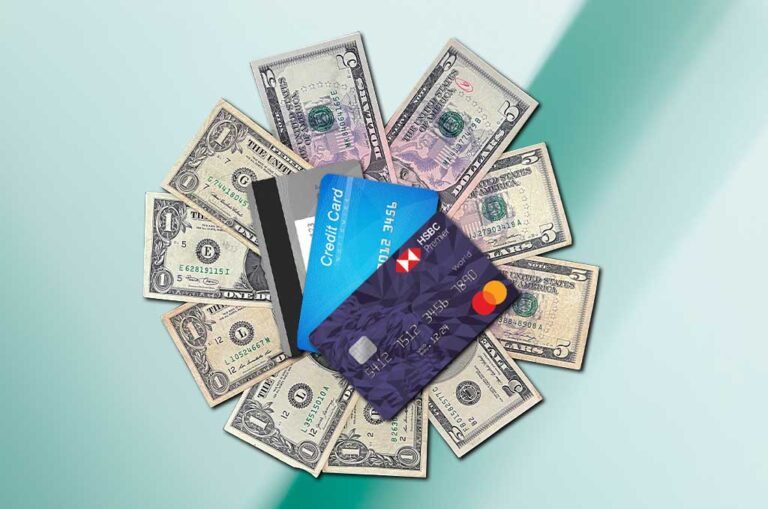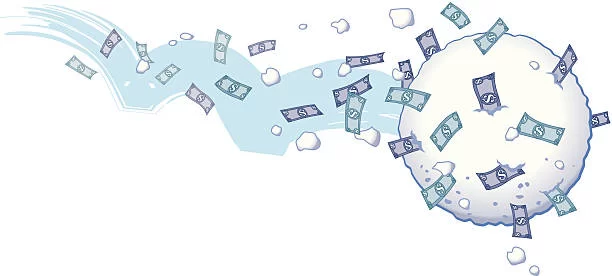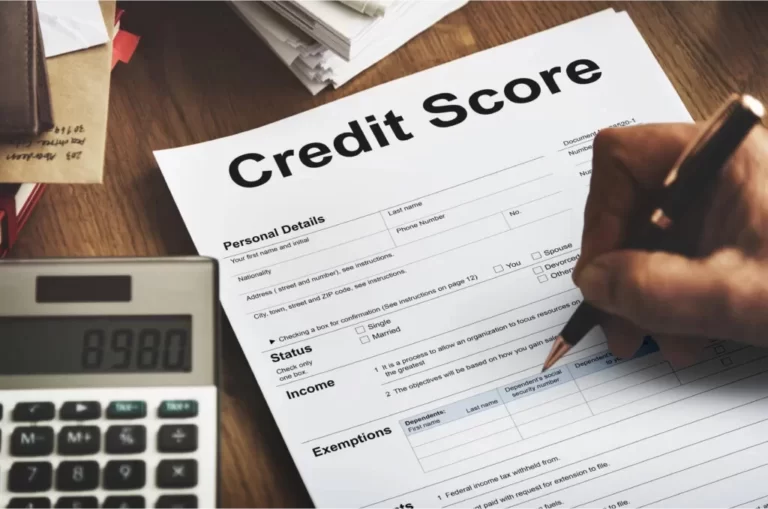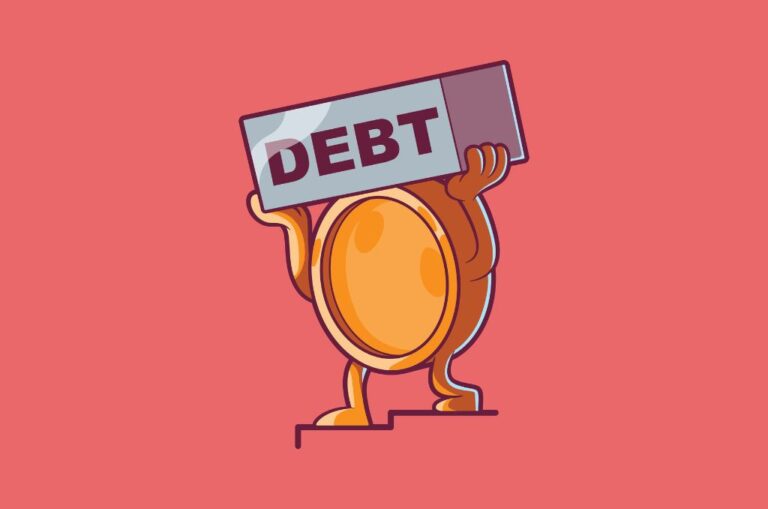Where to Begin
The first step in any personal financial venture is to sit down and simply look at all of the numbers by putting together a monthly budgeting plan. You can do this manually or look at any number of online budgeting apps explicitly designed to make it easier.
Using apps like Everdollar or Honeydue to help put all the numbers in one place might be an excellent place to start.
You can even search for the best personal finance books to help you.
Many personal finance gurus out there might just focus on telling you to go out and budget, but it’s not even about budgeting. The chances are that if you find yourself in unmanageable debt, you might not even know what your family’s cash flow looks like.
Using a budgeting app or service will allow you to get all of the information on the table.
You may even find that you’re paying for things that you either forgot about or don’t really use with any regularity.
This allows you to start making easy cuts to your spending and can usually free up tens or hundreds per month in an afternoon.
Where to Go Next
Once all the numbers are figured out you should know exactly how much money is coming in and how much money is going out each month.
At that point, you can start focusing on the debts. As the saying goes: knowing is half the battle. Once you know what your debt hurdle actually looks like, you can start forming a plan to attack it and reduce it piece by piece.
When it comes to student loans and credit cards, it’s important to remember that these two types of debt are quite different. Student loans, for instance, are usually much larger and come with lower interest rates. On the other hand, credit cards are (hopefully) less than the typical student loan or combined balance of student loans, but they have much higher interest rates.
Tip to Prioritizing Your Debts
That’s why we’re here – to figure out how to start prioritizing when you have many different types, balances, and interest rates associated with your debts.
These tips will help give you tools to chip away at your debts far faster than you might think, especially if you followed the advice at the start and put your cash flow and budget together.
Tip #1: List All Of Your Debt
The first thing you need to do on your debt repayment journey is list all of your debt top to bottom with their associated interest rates right next to them.
Don’t worry about organizing them yet – we’ll get to that.
If you want to write them all down, that’s perfectly acceptable. However, even a program as simple as Microsoft Excel or Google Sheets can be an excellent way just to put them all in a list. You can then reorganize them with relative ease and start to get a mental priority list going.
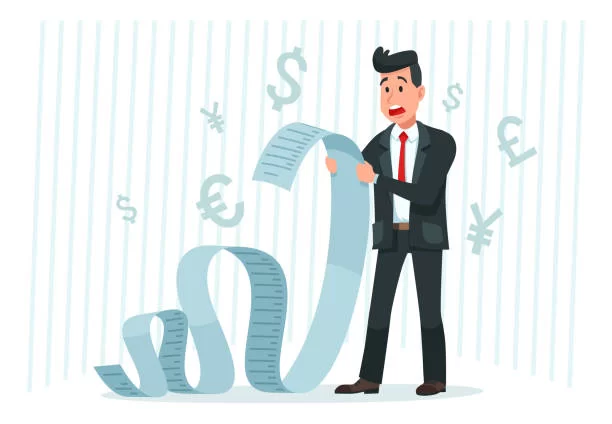
Tip #2: Start With The Highest Interest Rate
This one is important because now we’re getting to really honing your focus on one debt to start with. Once all the debts are lined up, look at the column with the interest rates and pick out the highest number. That is the debt you should start with.
In all likelihood, this will be credit card debt. If it’s a non-typical debt like a payday loan, make sure that one disappears as fast as possible. Whatever the interest rate you think you’re paying is more than likely far higher.
You want to focus on the highest interest rate because this is adding to your monthly expenses far more than anything else. Interest payments on debts mean you’re giving someone else free money and adding to the cost of whatever it is you bought originally.
Think of a car payment. Let’s say you have a car that costs $30,000, and you have a loan on it for 5 years and 4% interest. That car doesn’t cost $30,000 – it actually costs $33,150 once you add the interest paid over the 5 years. That’s money you don’t need to spend if you pay off that car faster.
Tip #3: Move To Lowest Debt Balances
This might seem to go against what most personal finance gurus say you should do.
Most say you should go with the highest balance, but that’s not what we suggest.
Each debt you pay off is a victory, and when you’re at your lowest with debt, it’s important to give yourself a triumph as often as possible. That’s why, once you’ve organized your debts by interest rate, you should next organize them from lowest to highest if some have the same interest rate.
Paying off lower debt amounts means you can move on to our next tip, which is snowballing.
Tip #4: Utilize Snowballing
The snowball method comes from the visual of a snowball falling down a mountain.
The further it rolls, the more snow it picks up, and the bigger it gets.
In this visual, the snowball is the amount of money you are paying toward your debt.
This visual just reinforces the last tip about starting with lower debts. Once you’ve paid off a lower amount, that same amount you were paying will then get added to the next debt you have on your priority list.
This makes that debt disappear even faster. Once that one gets knocked out, then you move on to the next. The payments from the last two debts – now zeroed out – get added to the payments on the next, and this carries forward until they are all paid.
The thinking here is that once you’ve gotten accustomed to living on what you have left after you’ve budgeted for the debt payments, it only makes sense to keep living that way until they’re all gone. So, if you keep snowballing your debt payments, the last debt payment is paid off using all of the money from the others to take it out far faster than you could possibly have imagined when you started.
Tip #5: Reward Yourself Small Until It’s All Over
Even though we said victories are important early on, you need to limit how much you reward yourself early on. The more you deviate from the goal, the further away you get from paying off all of your debts.
However, with each debt paid off, you should definitely let yourself bask in the victory.
Maybe go out to dinner for once or buy a small thing you’ve been thinking about. Keep it small, then party (within reason) once it’s all gone.
Pick Your Next Read: Debt Payoff Coloring Sheets
What’s Next: Prioritizing Debts
Many people on the internet tell you how to pay off debts and why it’s so important. At the end of the day, how you get there really doesn’t matter. There is so much material about it because it’s a huge hindrance to progress for many people, so just know that you aren’t alone in your struggle.
If you find it’s all too much, you can always find help somewhere – anywhere – to help put things in perspective and come up with a plan to figure it out.


